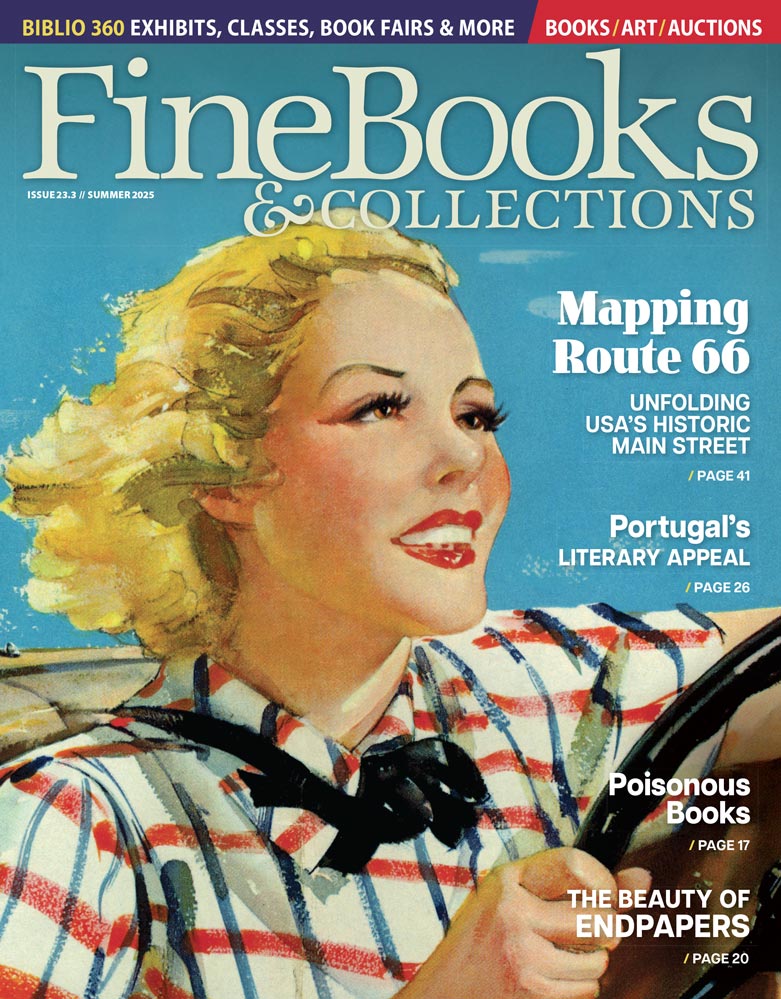Astronomical Library of Owen Gingerich
Key books from the seventeenth century lead a sale full of highlights from the famed astronomer historian’s personal library.
A spectacular selection of early books about astronomy and the development of the Scientific Revolution from the personal library of American astronomer and historian Owen Gingerich (1930-2023) will come to auction at Swann Galleries on April 22.
Courtesy of Swann Galleries
“The Fine Books team at Swann is very pleased to offer the balance of Harvard astronomy professor and book lover extraordinaire Owen Gingerich’s fabulous collection of early printed astronomy books in April’s sale,” said Devon Eastland, Swann Galleries’s senior specialist of early printed books, “to be followed by additional offerings of the more than 500 volumes he collected over an ambitious life in books in subsequent auctions.
“Professor Gingerich was the authority, period, when it came to the bibliographical history of astronomy, and his collection reflects that erudition: deep and broad holdings, often in beautifully preserved original bindings and sometimes with compelling contemporary marginalia. We look forward to becoming familiar with the books through the process of cataloguing them and getting them to auction and then onto new shelves in libraries across the globe.”
Highlights include two major works by French mathematician, astrologer, and theologian Pierre Gassendi (1592-1665), who used telescope lenses lent to him by Galileo and, in 1631, was the first person to record the transit of Mercury across the Sun. Swann will offer a 1647 first edition of his Institutio astronomica (estimate: $8,000-10,000). This is based on lectures given by Gassendi and is considered to be one of the first modern astronomy textbooks, especially popular in English universities, covering various astronomical theories.
Gassendi was also a biographer of other scientists, and a 1665 edition of his Tychonis Brahei will also go under the hammer. This is an account of the life and work of the Danish nobleman Tycho Brahe (1546-1601), one of the most famous astronomers and alchemists of the day, and which in addition mentions the duel he fought in which he lost part of his nose, becoming known consequently for his golden prosthesis. The estimate is $8,000-12,000.
Courtesy of Swann Galleries
Other highlights include:
- A 1485 edition of Catholic monk and astronomer Johannes de Sacrobosco’s De Sphaera (estimate $4,000-6,000). Written around 1230, this was the key astronomical textbook in Europe until the seventeenth century, focusing on Ptolemy’s theories and Arabic experts’ thoughts on the subject and clearly describing the Earth as a sphere.
- Almanach nova plurimis annis venturis inservientia (Venice, 1506) by Johannes Stöffler (1452-1531) and Jakob Pflaum (1579-1612), an almanac including astronomical tables and horoscope details first published in 1499, which enjoyed a wide circulation and contributed to a significant apocalyptic panic in the early sixteenth century. Estimate $3,000-5,000.
- A didactic study of the liberal arts and philosophy by Carthusian monk Gregor Reisch (c1470–1525), Margarita philosophica (Basel, 1517) with numerous attractive full-page woodcuts. Estimate $3,000-5,000.
- Italian astronomer Giovanni Battista Riccioli’s Almagestum Novum (Bologna, two folio volumes, 1651). This essential astronomical encyclopedia textbook of the period in which Riccioli names craters on the Moon has a remarkable cosmological engraved title page and an estimate of $8,000-10,000.
- A 1635 presentation copy of Swiss Jesuit mathematician Paul Guldin’s De Centro Gravitatis (estimate $5,000-7,000), including his exploration of centers of gravity. Guldin worked with German astronomer Johannes Kepler.




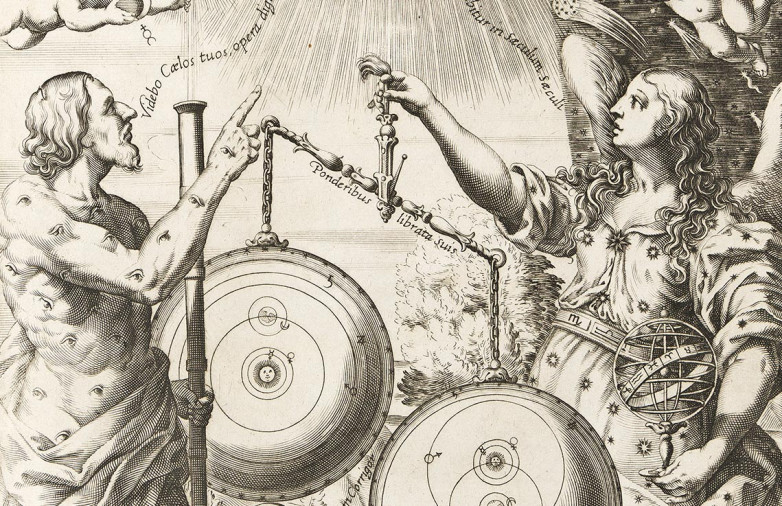
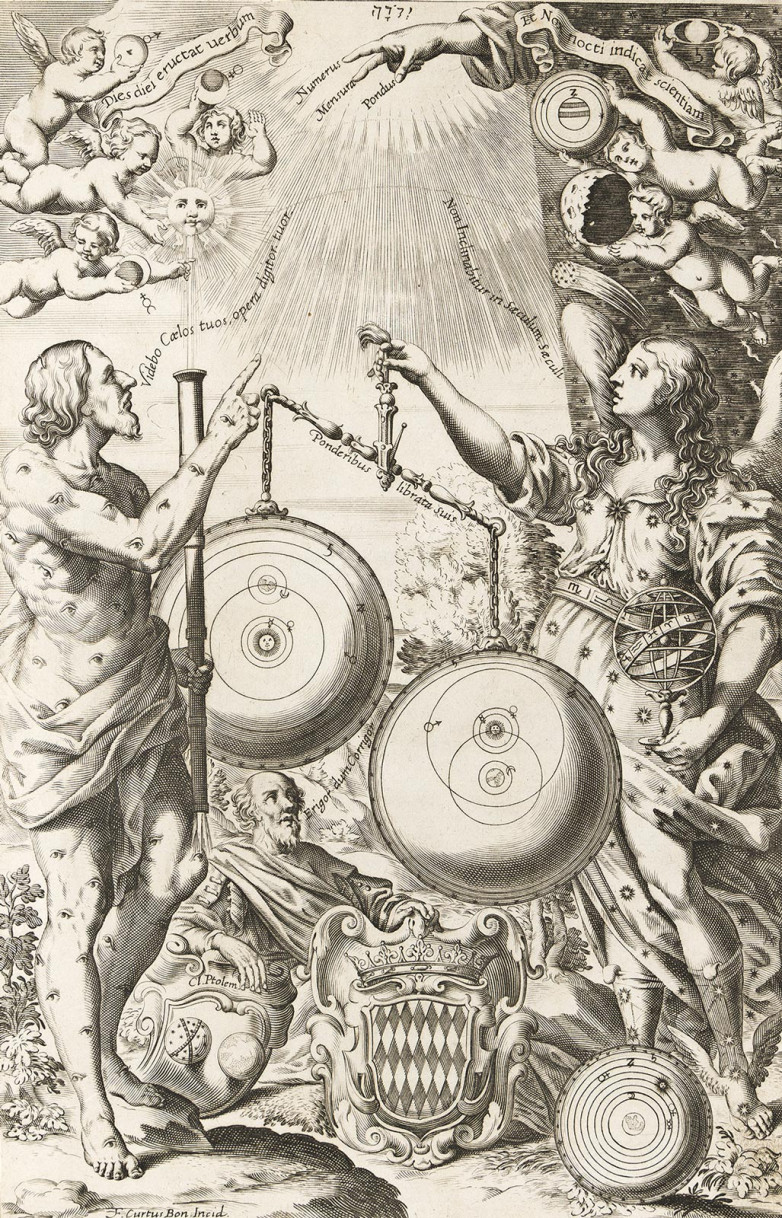
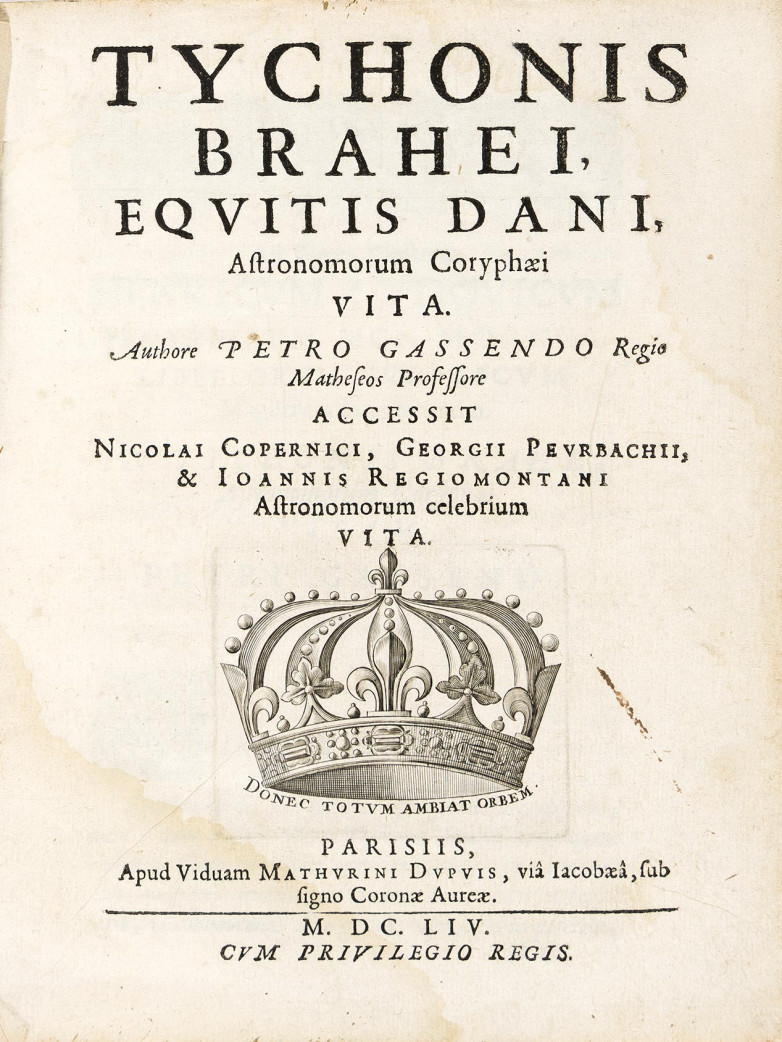

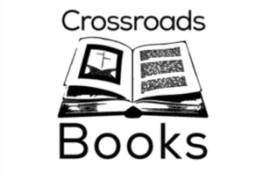
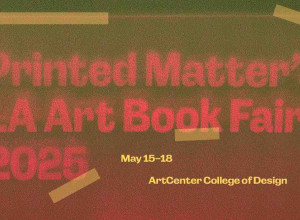
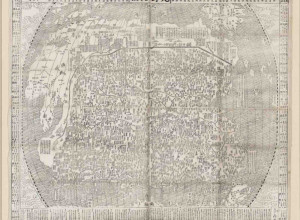
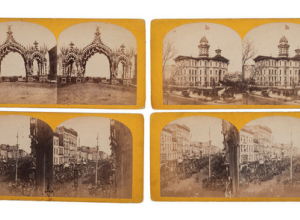


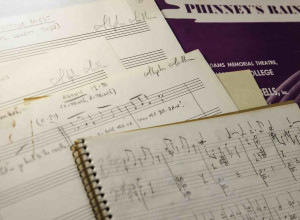

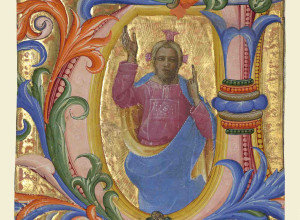
![George Washington signed autograph letter on the 'Asgill Affair' denying psychological torture of a British prisoner of war chosen by lottery for etaliatory execution, by “erecting a [gallows] before his prison window”](https://cdn.finebooksmagazine.com/sites/default/files/styles/category_card/public/media-images/2025-06/washington.jpg?itok=jkXB6DLV)

